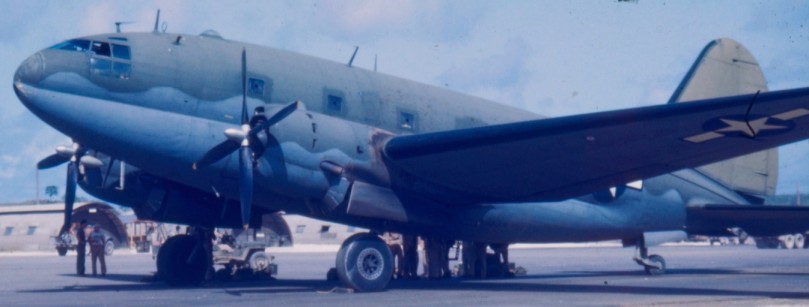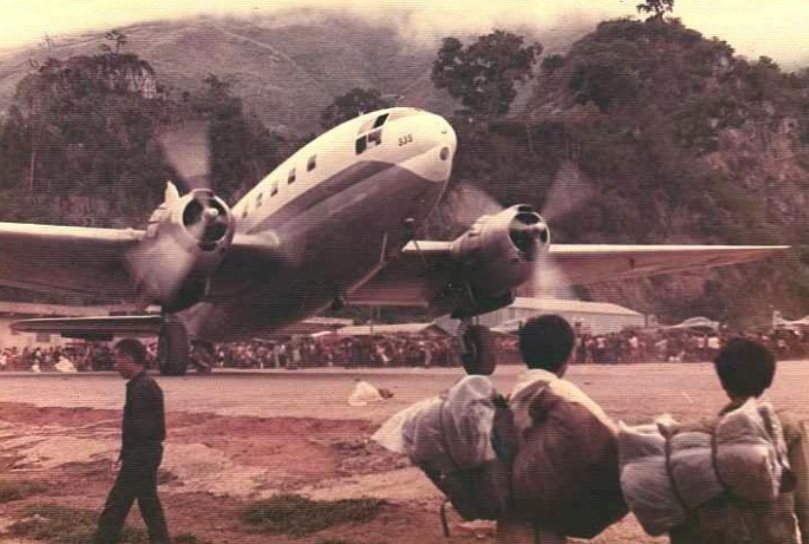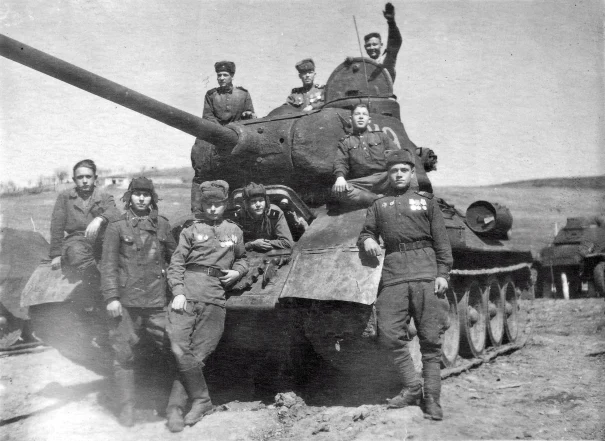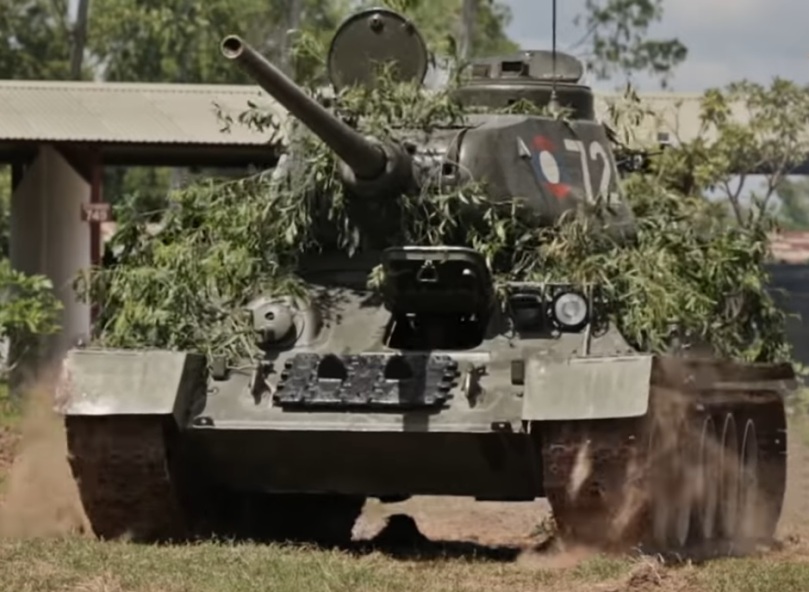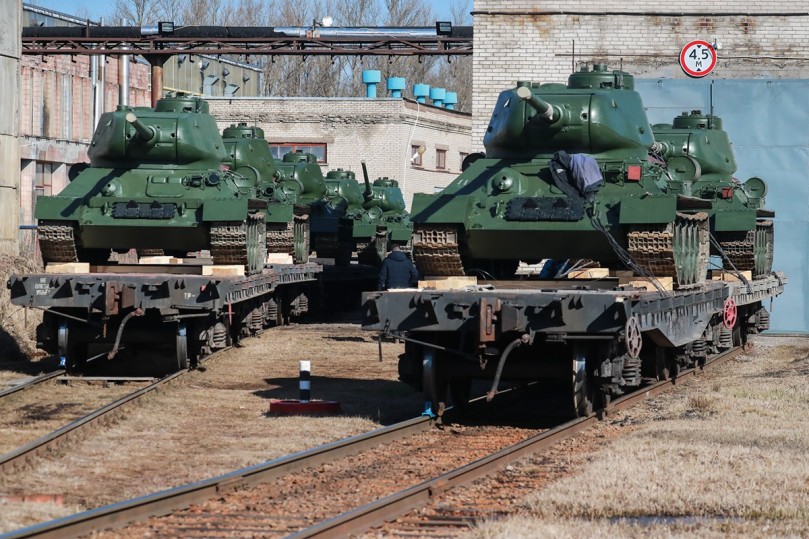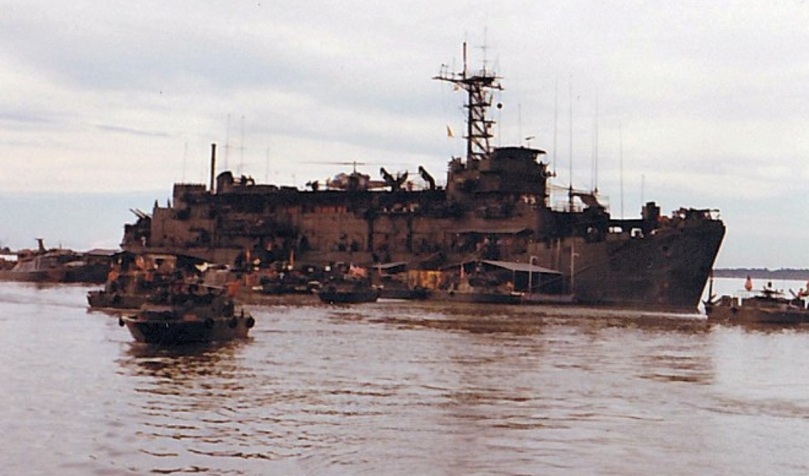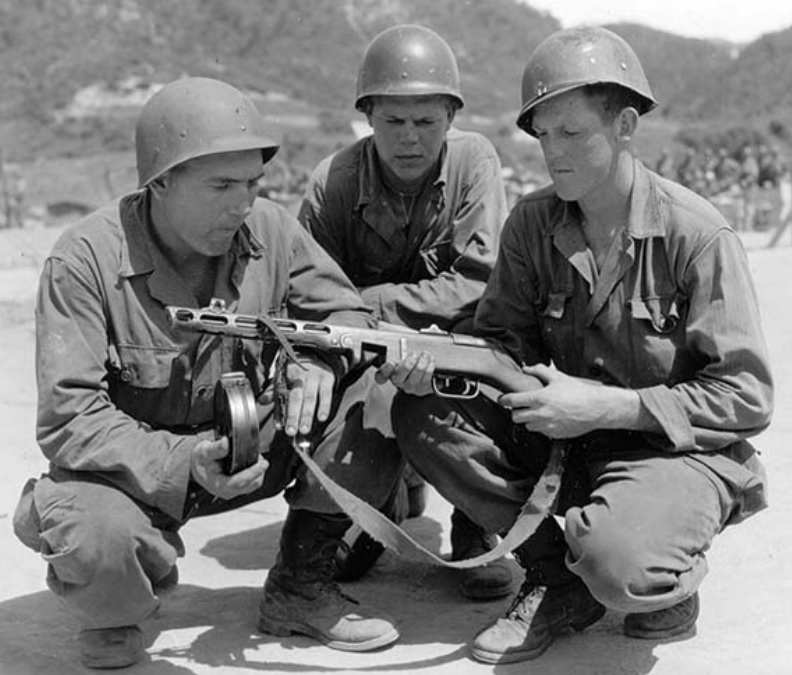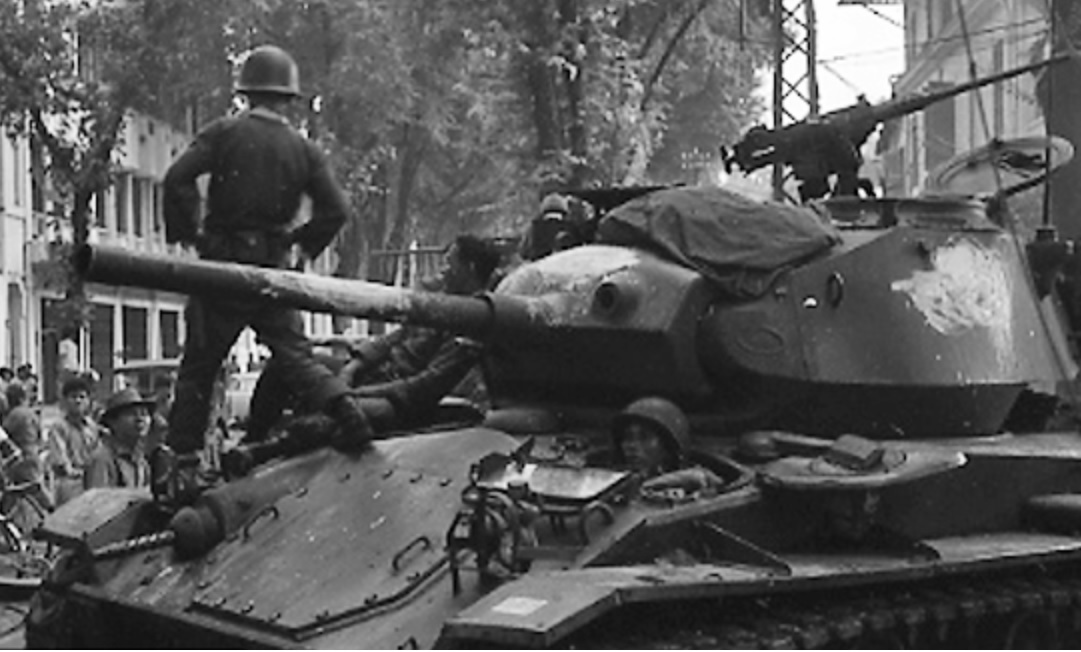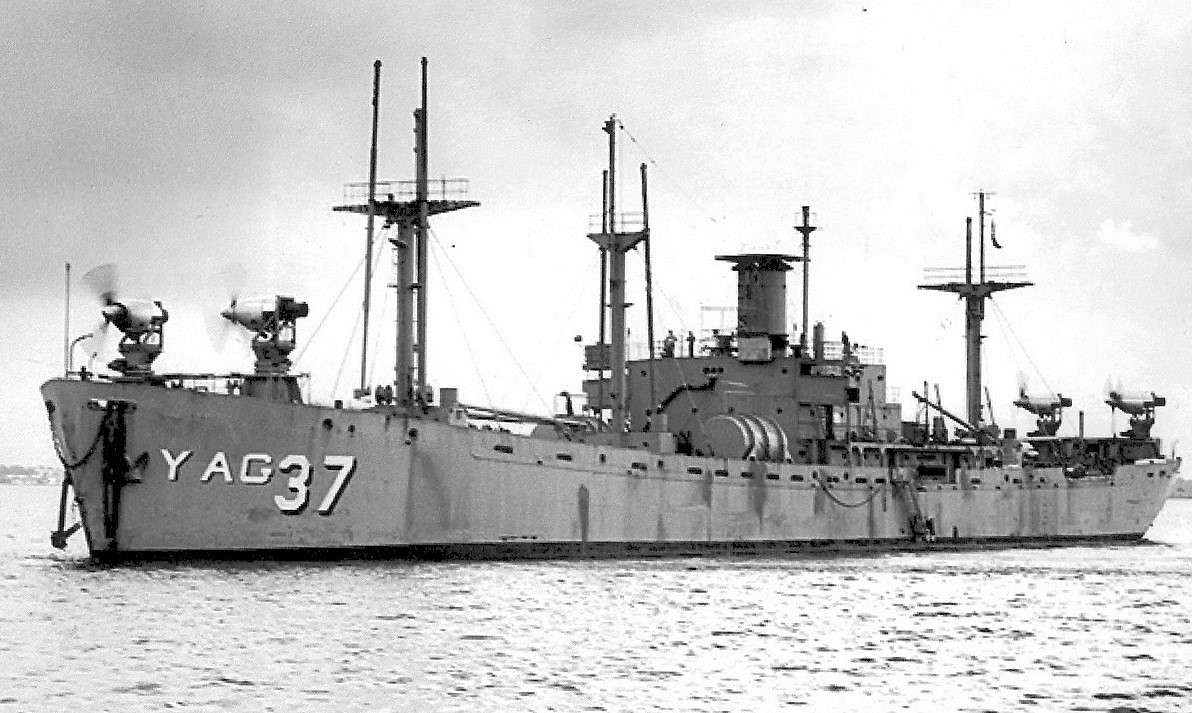I debated on this topic as perhaps it is too bland for general reading, but perhaps readers will be interested not only in WWII military technology but how decisions about it was made in later decades.
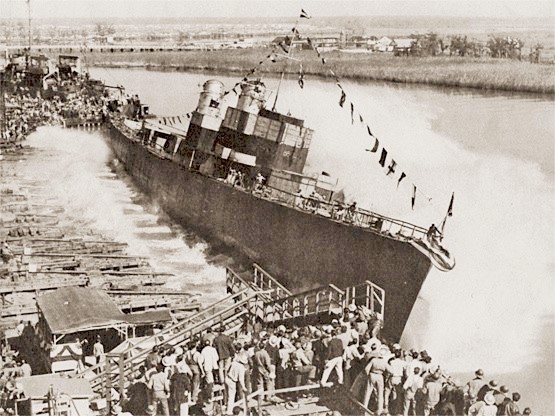
(The launching of USS Dyess (DD-880) during WWII. A third of a century later, USS Dyess would be one of the Gearing class candidate ships for the study below.)
There were many proposals to upgrade WWII warships. For every success like the GUPPY submarines, many more proposals never saw daylight. They were too expensive, or mechanically impossible, or just dumb ideas to begin with. Today they survive only as poorly-documented sketches.
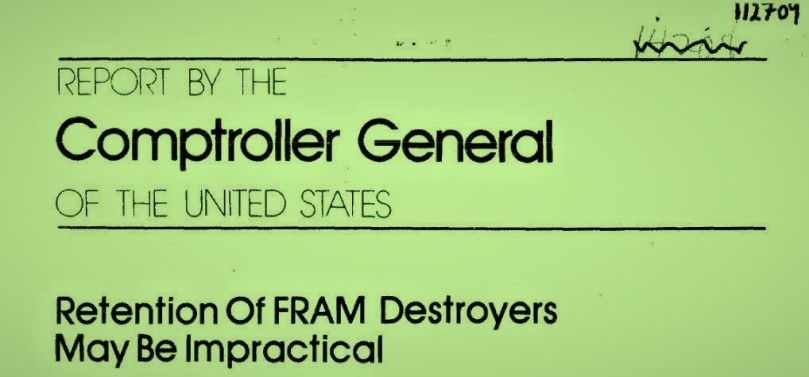
(The July 1980 report which spelled the end for WWII destroyers in the US Navy.)
However this proposal: to upgrade WWII Gearing class destroyers for service deep into the 1980s, was a reasonable idea to explore, mechanically feasible, and thoroughly documented in the unclassified realm. As it was never done, it is forgotten today. So hopefully it will be of some interest.

(The decommissioned USS William C. Lawe (DD-763) on the right, which in 1983 had been the very last WWII destroyer in the US Navy.)
Read More »
